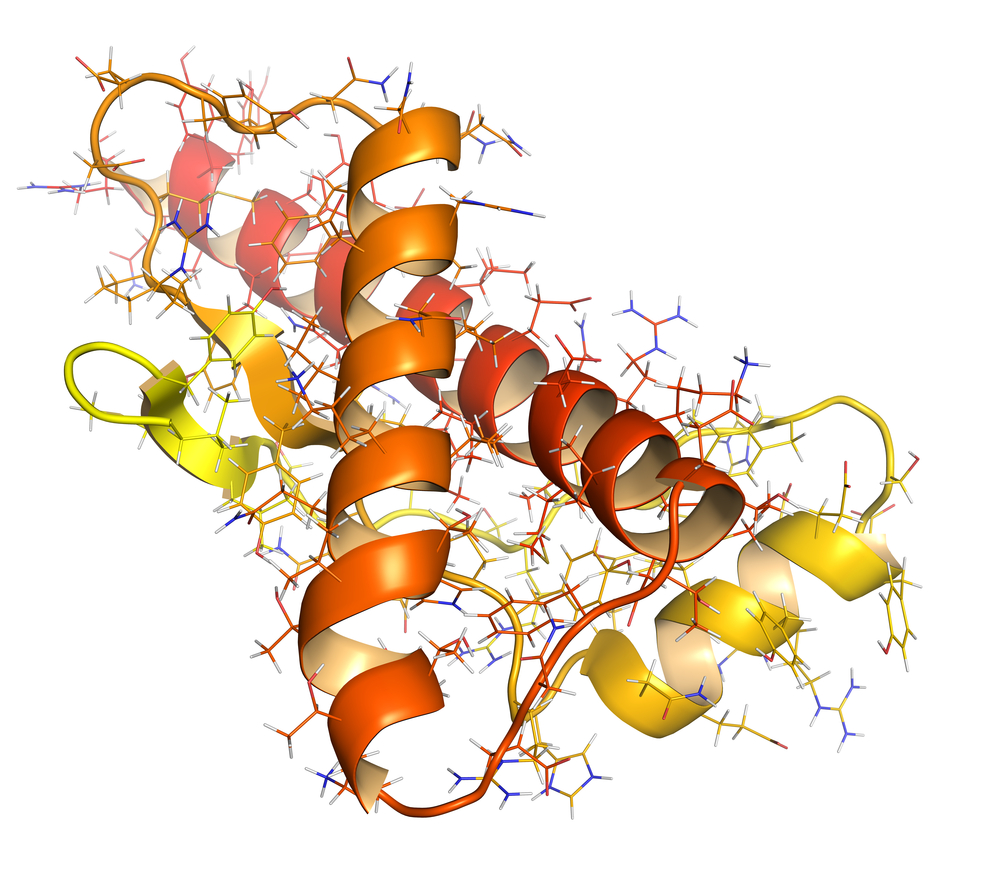Researchers Identify and Correct Mutation Defects in Premature Aging Disease Cockayne Syndrome

In a recent study published in the journal PNAS PLUS, a team of researchers from the Institut Pasteur and CNRS, in partnership with researchers from the Institut Gustave Roussy and CEA, were able to restore normal activity in cells from patients with the premature aging disease Cockayne syndrome (CS). The researchers found the role played in these CS cells by the HTRA3 protease.
Cockayne syndrome (CS) is a rare genetic disorder characterized by photosensitivity, severe neurological and developmental defects, and dramatically precocious aging. Premature aging was once thought to be a process associated with this disease and essentially caused by DNA repair deficiency. Children with CS Cockayne present premature aging signs, such as hair loss, loss of weight, hearing and sight, as well as neurodegeneration and facial deformation.
UV-sensitive syndrome (UVS S) and Cockayne syndrome (CS) are caused by CSA or CSB gene mutations; both conditions cause defective transcription-coupled repair and photosensitivity, and at the moment there are no treatments for the conditions.
In the study titled “Reversal of mitochondrial defects with CSB-dependent serene protease inhibitors in patient cells of the progeroid Cockayne syndrome,” Miria Ricchetti (Institut Pasteur) with Laurent Chatre (CNRS, at the Institut Pasteur), in collaboration with Alain Sarasin (CNRS, at the Institut Gustave Roussy) and Denis Biard (CEA), compared the cells from patients with CS with cells derived from patients with a syndrome that causes only UV hypersensitivity, and found that an excessive production of a protein called HTRA3, triggered by oxidative cell stress is responsible for the defects found in CS patients cells. According to the study results, in patients with CS, the protein affects the cells’ mitochondrial activity.
Aging and neurodegeneration have been found to be caused to the damage inflicted on cells by mitochondrial free radicals. However, these new findings indicate free radicals activate the expression of HTRA3, a protein that damages the mitochondria. In terms of therapeutic targets, the researchers used an HTRA3 inhibitor or a broad-spectrum antioxidant to capture free radicals, and were able to restore normal levels of this protease. The researchers also restored the function of the mitochondria in patients with CS patients.
The Institut Pasteur, CNRS, CEA and IGR have filed a patent application for methods of diagnosing and treating premature aging using the protease HTRA3. Since these defective mechanisms also occur in healthy cells, the development of therapeutics that target premature aging diseases could potentially lead to the development of preventive treatments for conditions related to normal aging.






